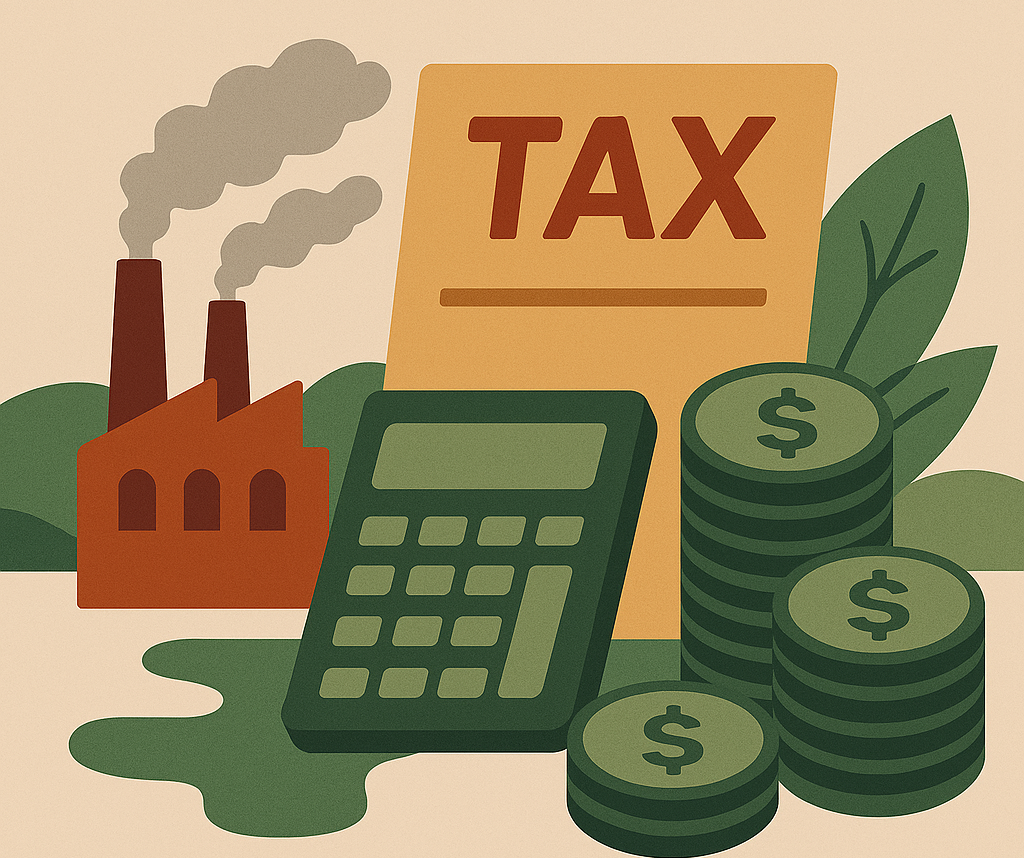
This is one of the best case studies on crisis management. That is all I’m going to say.
In 1982, seven people in Chicago died after taking Tylenol capsules that had been laced with cyanide. It was terrifying — a trusted, everyday product suddenly became deadly. Tylenol, one of the top over-the-counter painkillers in the U.S. (made by Johnson & Johnson), instantly became the center of a national panic. Many thought the brand wouldn’t survive. But what happened next became, as I mentioned before, a gold standard in crisis management — now known as the “Tylenol Effect.”
Instead of getting defensive, Johnson & Johnson responded with honesty, speed, and empathy. They recalled 31 million bottles of Tylenol across the country — even though only a few bottles were actually tampered with. They stopped all advertising, set up a crisis hotline, and worked closely with law enforcement. Most importantly, they put consumer safety above profits, even as their market share plummeted from 35% to 8% in a matter of weeks.
But here’s where things turned around: Johnson & Johnson redesigned their packaging, introducing the now-standard tamper-evident safety seal that’s still used today. They ran open, transparent ads explaining the changes and earned public trust back. Within a year, Tylenol had recovered almost all of its market share — not just by fixing the problem, but by showing leadership in putting people first.
Today, the “Tylenol Effect” is taught in business schools and PR circles as a textbook example of how to handle a corporate disaster. It proves that how a company reacts to a crisis can matter more than the crisis itself — and that trust, once lost, can be regained with the right mix of integrity, accountability, and action.
RELATED POSTS
View all


